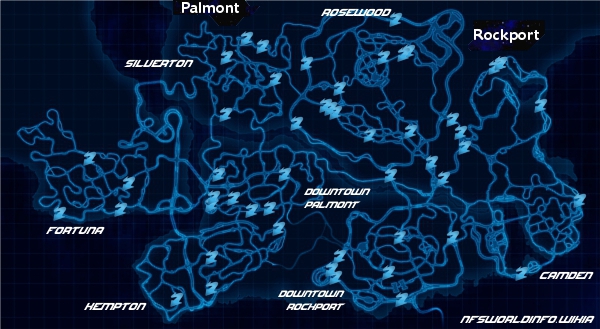
Turner later recalled that Travis was "a kind master" who had "placed the greatest confidence in me." Despite the decent treatment received from Travis, Turner eagerly anticipated God's signal to start his task of "slay my enemies with their own weapons." Turner witnessed a solar eclipse on February 11, 1831, and was convinced that this was the sign for which he was waiting. In 1830, Joseph Travis purchased Turner and became his master. Brantley, Turner said that he was able to convince Brantley to "cease from his wickedness." By the spring of 1828, Turner was convinced that he "was ordained for some great purpose in the hands of the Almighty." While working in his owner's fields on May 12, Turner "heard a loud noise in the heavens, and the Spirit instantly appeared to me and said the Serpent was loosened, and Christ had laid down the yoke he had borne for the sins of men, and that I should take it on and fight against the Serpent, for the time was fast approaching when the first should be last and the last should be first." Turner also had an influence over white people.

For instance, when Turner was 21 years old he ran away from his owner, Samuel Turner, but returned a month later after becoming delirious from hunger and receiving a vision that told him to "return to the service of my earthly master." In 1824, while working in the fields under his new owner, Thomas Moore, Turner had his second vision, in which "the Saviour was about to lay down the yoke he had borne for the sins of men, and the great day of judgment was at hand." Turner often conducted Baptist services, and preached the Bible to his fellow slaves, who dubbed him "The Prophet." These visions greatly influenced his life. He frequently had visions, which he interpreted as messages from God. He grew up deeply religious and was often seen fasting, praying or immersed in reading the stories of the Bible.
#NAT TUNER LOCATION HOW TO#
Turner was highly intelligent, and learned how to read and write at a young age. After the rebellion, a reward notice described Turner as:ĥ feet 6 or 8 inches high, weighs between 150 and 160 pounds, rather "bright" complexion, but not a mulatto, broad shoulders, larger flat nose, large eyes, broad flat feet, rather knockneed, walks brisk and active, hair on the top of the head very thin, no beard, except on the upper lip and the top of the chin, a scar on one of his temples, also one on the back of his neck, a large knot on one of the bones of his right arm, near the wrist, produced by a blow. Nathaniel "Nat" Turner was an enslaved American who had lived his entire life in Southampton County, Virginia, an area with predominantly more blacks than whites.
#NAT TUNER LOCATION FOR FREE#
Across the South, state legislatures passed new laws prohibiting education of slaves and free blacks, restricting rights of assembly and other civil rights for free blacks, and requiring white ministers to be present at black worship services. At least 100 blacks, and possibly up to 200, were murdered by militias and mobs. In the frenzy, many innocent enslaved people were punished.

The state executed 56 slaves accused of being part of the rebellion. In the aftermath, there was widespread fear, and white militias organized in retaliation against slaves. The rebellion was effectively suppressed at Belmont Plantation on the morning of August 23, 1831. The rebellion was put down within a few days, but Turner survived in hiding for more than two months afterwards. Led by Nat Turner, rebel slaves killed anywhere from 55 to 65 people, the highest number of fatalities caused by any slave uprising in the American South. Nat Turner's Rebellion (also known as the Southampton Insurrection) was a slave rebellion that took place in Southampton County, Virginia, during August 1831. Nat Turner tried, convicted, and hanged ~57 whites killed in rebellion, 100–200 blacks killed in aftermath


 0 kommentar(er)
0 kommentar(er)
